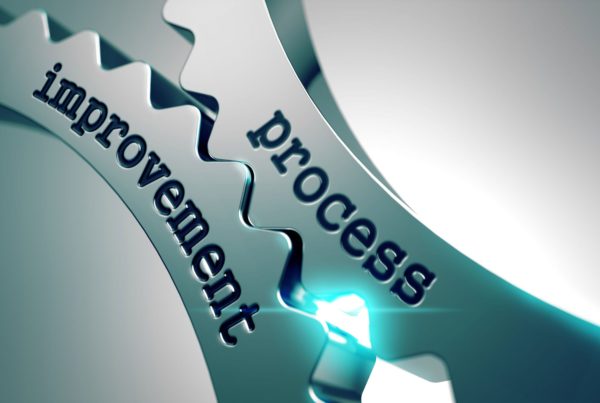If you are anything like our clients, being a manager means getting more emails and having less time to manage your team. Email has pervaded all areas of our lives and has become one of the most time-consuming areas of our work day. 90% of our clients surveyed before starting a business process improvement project said that they have had a good day if they can get their email volume to close to zero before they leave, with many more saying that they often have to respond to email later in the evening to ensure that they get through the email for the next day.
However, responding to email itself is not actually “work” contrary to what most employees think. In a lot of cases email (like Work in Progress (WIP)) adds a lot of non-value-added activities to the process as it requires filing and sorting to be managed later in the day. It can very easily get out of control and like WIP on the shop floor it can take up valuable time to manage. The volume also tends to multiply, the more email you have the more that people will be following up with you to check that you received the last email that was sent.
Email is the easiest way to pass work along, a simple mouse click will send your message to the next recipient allowing the initial receiver to avoid taking action or accountability for the work. Each mouse click means that yet another person on your team will be doing rework by reading the same message again. Quite simply email has become the tool that enables everyone to avoid doing the one thing that needs doing “work”.
The difficult thing about email is that it always requires action of a manager to sit down and craft a reply, being careful of the email etiquette and trying to accurately communicate non-verbal queues through a flat communication structure that will provide instruction to the receiver on what action to take. Invariably one email communication is not sufficient to accurately communicate goals and objectives to the recipient and which necessitates multiple back and forth communications.
Here are four ways to reduce the email dialog to get more time back to do the things that you want to be doing as a manager:
1. Hold a Daily Team Huddle.
Schedule a daily 15 minute stand up meeting with your team in which they discuss the results of yesterday, the plan for today and any issues they are having. This daily routine saves the team the difficulty of trying to find out when you will be available to talk and will assist with moving their objectives forward. Our team does this every day and it’s amazing how many issues are solved in 15 minutes rather than through emails.
2. Establish Clear Accountabilities in the Team.
The act of email chains going around and around because there is no clear accountability for who needs to make each decision in a team. This is another tremendous cause of email overload and manager frustration for work not being done. Clear accountabilities for work should be established with each of your team members so that everyone on the team knows who will be able to make the decisions to move work ahead. It is even better as a manager if you are able to quantify the responsibilities for each of the team members. This will provide a clear yard stick for your employees to measure their progress against so that they know when they have had a good day.
3. Create a Culture of Face to Face Communication.
Internally at Propel Solutions we do not allow internal emails unless it’s a meeting request. This of course also relies on having a solid document management system in place such as Microsoft OneDrive so that the team can always find the most up to date work in one spot and not use their Outlook as a document repository. It will often be hard to get millennials to adapt to the face to face communication as many of them have grown up with email and can not imagine how work was done before the internet.
4. Eliminate Email Distribution Lists.
Email distribution lists are the worst for creating a pile of email that create confusion for all of the recipients as it is not clear who will take the next action nor does it allow for clear accountabilities. Worse yet it probably takes valuable time away from the team spent discussing what should be done with the email.
Final Thoughts
To conclude, email itself is not work and many organizations were highly successful prior to the advent of the email distraction. Email has created corporations who are reactive rather than proactive. However, best in class organizations will be able to react to this threat by creating high performing teams that have proactive managers. If you are interested in learning more about how your organization can go from reactive to proactive contact us today to get started on the journey to excellence.
Questions? Contact Us
If you want to learn how to instill a culture of Continuous Improvement within your organization contact us at Propel Solutions today. We specialize in process optimization and have a proven track record of powerful results.
Propel Solutions
- 📍 789 W. Pender Street, Vancouver, BC, Canada
- 📞 604-346-5185








